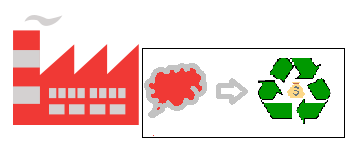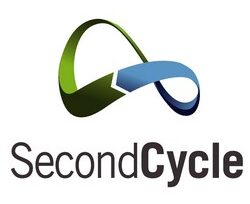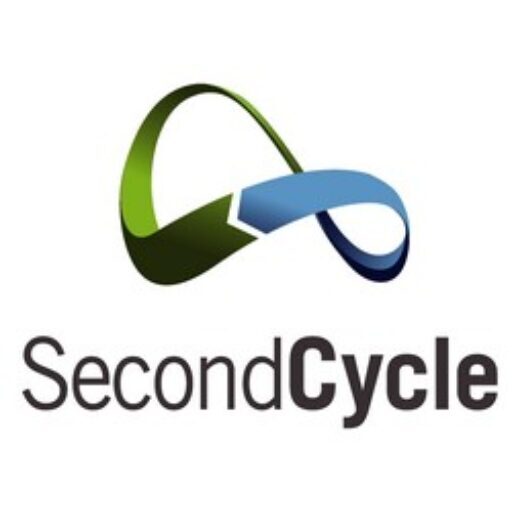As we approach 2022, there is higher awareness of climate change than ever before, and the question for businesses is no longer whether they should adopt greener methods, but how …

New opportunities in circular economy for this New year
Every year, more than 100 billion tones of resources enter the economy, including metals, minerals, and fuels, as well as biological elements derived from plants and animals. If current trends continue, …

Second Cycle wishes you Happy Holiday
As the Holiday season arrives, our thoughts turn to those our loyal customers and partners. We want to express our gratitude for your trust and cooperation in allowing us to …

What can circular economy do for our industries ?
« Industries are aware of raw materials battle is a competitiveness and market sustainability battle» Nowadays, a crisis is a popular word in business in spites of its despicable meaning, something …

Circular Economy, why Canada should try this model?
Inspired from an interesting article that connects two different country realities China’s Disastrous Pollution Problem Is a Lesson for Canada With almost 10 million km2 of surface Canada occupies the …


